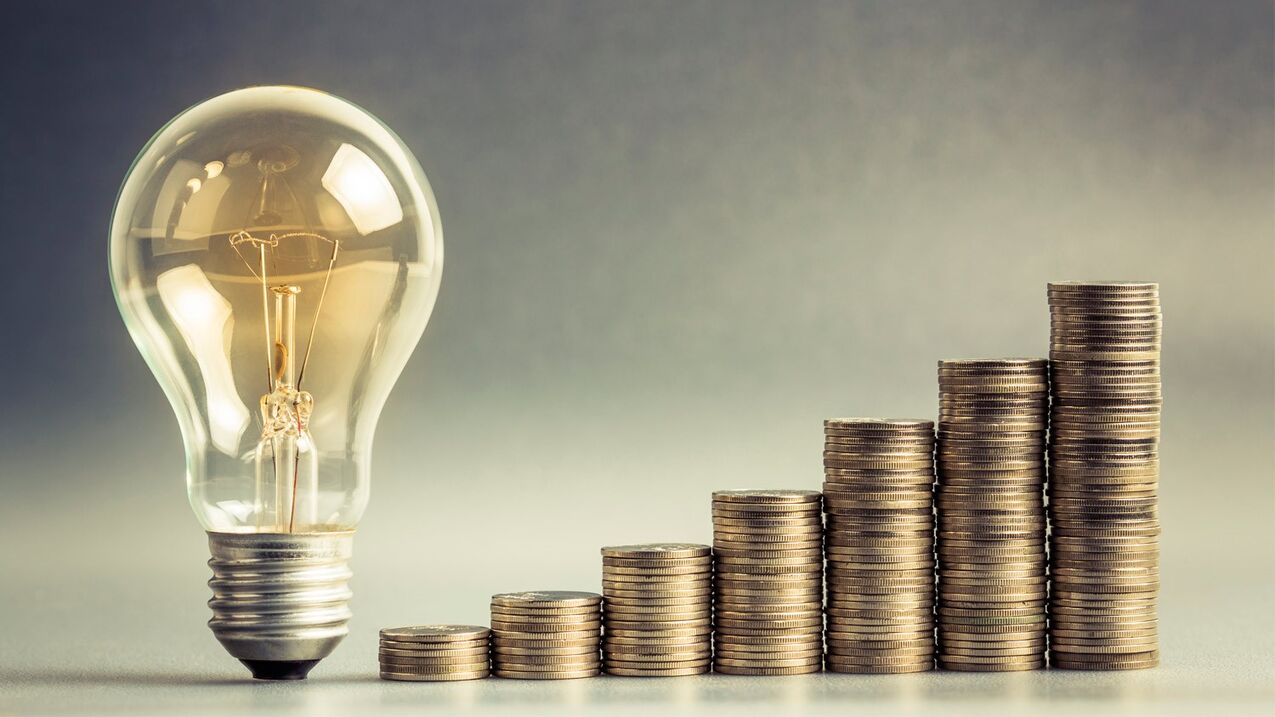Electricity is used in all areas of civilization. The price per kilowatt hour is constantly rising, the need to reduce consumption is becoming more acute. Energy saving means rational electricity consumption and involves a number of solutions: scientific, organizational, legal, economic and technical solutions.

Saving electricity is not only a financial issue but also an important environmental challenge. The world's energy reserves are gradually being depleted, and nature is suffering from production: the environment is polluted by the emission of combustion products from fuels. Therefore, energy saving is a measure that can minimize the negative impact on the environment and save money.
Where is the kilowatt going and how can consumption be reduced?
Almost no one thinks that the charger left in the mains will continue to operate in standby mode. Available for all power supplies, pulses and transformers. Consumption depends on the performance of the device. The amount of electricity wasted in a year can be surprising.
In addition, modern devices are equipped with displays and indicators, such as a clock on the microwave or a flashing LED on the stereo system. They also consume energy. The solution is to disconnect the memory, intermittent household appliances from the network.
The most "gluttonous" electrical appliances
The 10 most energy consuming appliances found in every home are:
- Refrigerator. Consumption is about 40-60 kW per month. You need to open the doors less often to reduce these numbers.
- Washing machine. Consumption 40-50 kW, the exact data depends on the frequency of washing and the methods used.
- Computer. 35-40 kW. Most users only turn it off at night.
- Electric kettle. It consumes a record amount of energy in 1 hour, 28-30 kW come out in a month.
- Hair dryer. 25 kW with daily use.
- Dishwasher. 22-25 kW, depending on the power of the device, the number of operating hours.
- Microwave. It consumes 16-20 kW 3 times a month, plus 2-3 hours a week to defrost food.
- Television. 13 kW during working hours - up to 5 hours a day. Standby increases this value instead of turning it off.
- Vacuum cleaner and coffee maker. They consume the same amount of electricity - 10-12 kW if the number of active hours does not exceed 2 hours per week.
- Iron. In moderate use - 7-8 kW.
In order not to get bitter about receiving all your electricity bills, household appliances should initially be selected based on your needs. Buying a professional high-performance vacuum cleaner for a small apartment is not as practical as a 10kg washing machine for a family of two.
All devices have an energy saving class, it is worth taking the time to study the features before buying.
Does standby help save equipment?
Manufacturers claim that the power consumption of household appliances in hibernation is minimal. This statement is partly true: consumption is significantly reduced. However, there are specific figures that call into question the actual savings.
It has been proven empirically that a 50 cm diagonal TV charges 9 kW per month in sleep mode, a stereo system - 7-8 kW, a video player - 4-5 kW. If we add a computer, a microwave oven with a display that is always on, forgotten plug-ins and other appliances to this list, the total consumption will reach 370-420 kW per year.
This proves that it is still worth disconnecting the equipment from the mains for real savings.
How to save electricity? A good counter is an effective method
Equipment for accounting for electricity consumption is installed in all flats, houses and industrial facilities. In addition to its direct purpose - recording indicators, this tool saves significantly.
Modern electronic meters support the multi-tariff feature, in which you can schedule energy-intensive tasks for hours when the cost per kilowatt is reduced. Supplier companies have introduced tariff allocation in order to reduce network congestion during peak periods, thus attracting subscribers to consume electricity during off-peak periods.
The following periods differ from the unit cost:
- T1 - daytime: 7 am to 11 pm. The tariff is standard.
- T2 - night phase: from 11 pm to 7 am. The lowest price per kilowatt.
- T3 - peak period: morning - 10 am, evening - 8 pm - 11 pm. Increased unit cost.
The price of electricity drops by up to 70% at night. Many users put household appliances, such as washing machines and dishwashers, in a "delayed start" mode. The appliances start automatically at a specified time and consume a resource that you pay for at a reduced price.
To reduce energy consumption, there is no need to sacrifice convenience, it is enough to purchase a multi-tariff electronic meter that will make savings simple and efficient.


























